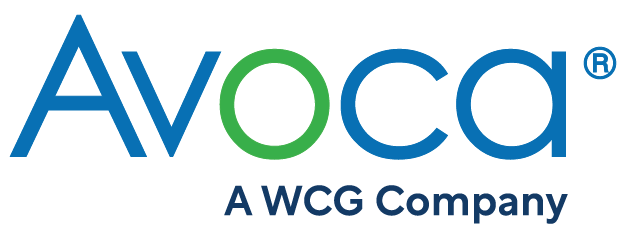Firefighting – Heroism in need of change?
In the last six months, I’ve often heard the term “firefighters” used to describe teams that work on drug development. Wikipedia defines a firefighter as, “a rescuer extensively trained in firefighting, primarily to extinguish hazardous fires that threaten property and civilian or natural populations, and to rescue people from dangerous situations.” Wow! Isn’t that a real compliment? That teams of drug development professionals are doing their jobs to fix big issues and challenges every day? There is no question about that. The question I ask is – can the risk of these fires be mitigated so that firefighting only happens when the truly unavoidable occurs?
This is a query that is routinely being asked by risk management professionals across industries. How does an organization mitigate risk? Risk, the dreaded possibility that something bad or unpleasant will happen. The challenge we face in drug development is that, in many instances, we appear to be managing issues rather than risks. Why is this so prevalent? For one, it is sometimes easier to address a problem when it drops in front of us rather than trying to figure out the possibility that a problem will occur, the impact it could have, the resources it might take to address, and more. Risk mitigation planning is a thoughtful, time-consuming process that requires resources. And, as we heard earlier this year at our Avoca Quality Consortium (AQC) Summits, time/resources are a scathing challenge for drug development professionals.
The good news? Drug development professionals know that firefighting is not a sustainable way to operate in a journey that continues to get more challenging and expensive with each passing day. I saw this recognition and enthusiasm for change firsthand in the over 200 attendees that listened and engaged in a recent webinar entitled, “Utilizing Proactive Risk Management Mapping as an Effective Clinical Oversight Process and Tool.” These attendees wanted to know more, asked about tools, enquired about processes, all in the interest of embracing a thoughtful way to manage risk rather than continue with the daily firefighting.
Here are some of the top-of-mind questions I heard from attendees: Risk Mapping Webinar Q&A
If you are curious to hear the discussion in detail, you can access a recording of this webinar here: Risk Mapping Webinar
Oh, and right as I completed this post, I happened to talk to two AQC members who are leading a seamless multidisciplinary partnership across GxPs to mitigate risk proactively and have success stories to tell. Very encouraging indeed!
Where is your organization in this journey? Do you believe that firefighting as a culture needs to change? What’s standing in the way of this change? I’d love to hear your thoughts/debates.
Until next time………
Lakshmi
————————
Lakshmi Sundar has spent two decades in the pharmaceutical industry, leading teams across sponsors and CROs in multiple functional areas to spark innovation, manage risk, and lead change with a sense of purpose and fun. At Avoca, Lakshmi partners with members of the Avoca Quality Consortium and industry innovators to deepen the dialogue on building a quality culture within and across organizations to mitigate risk, advance drug development, and bring treatments to patients in a more effective manner.
